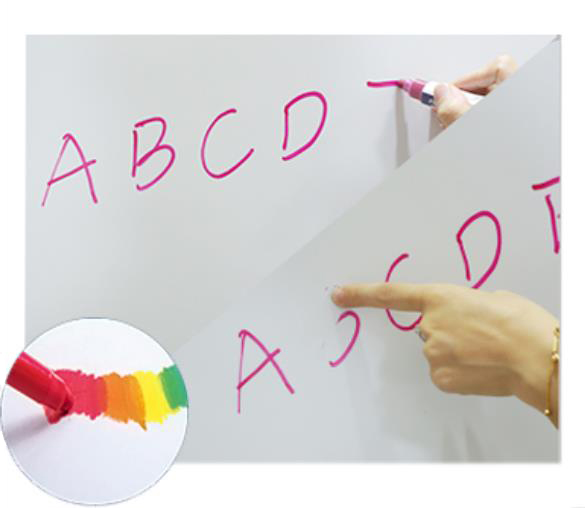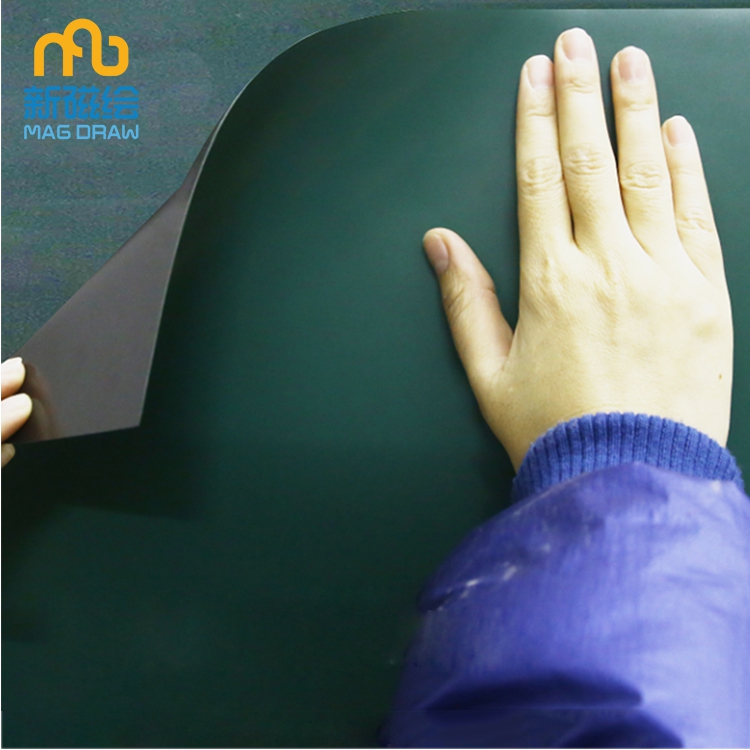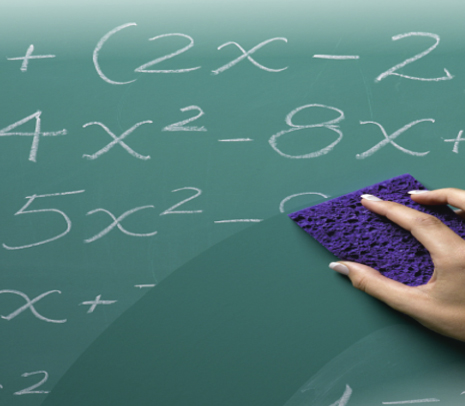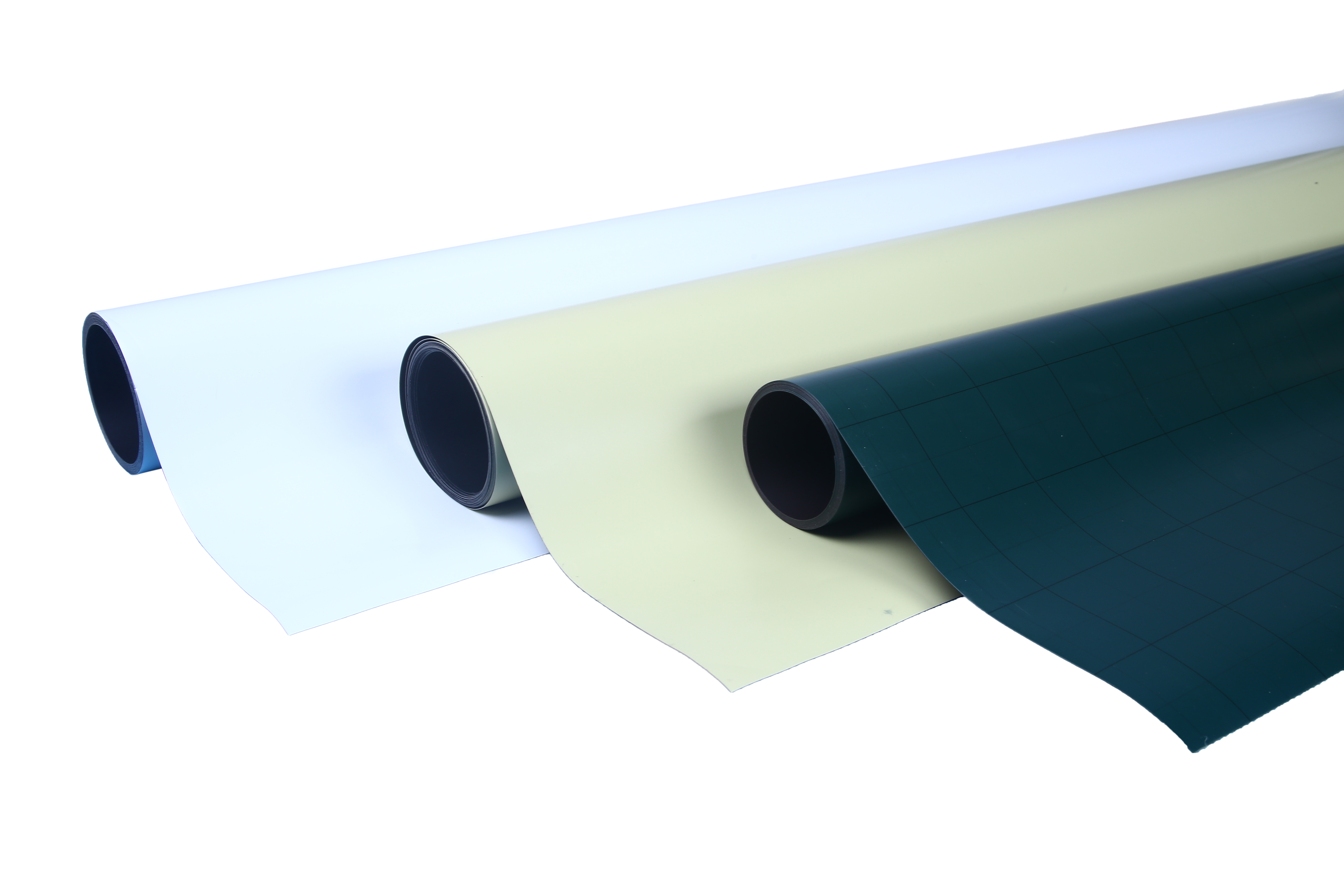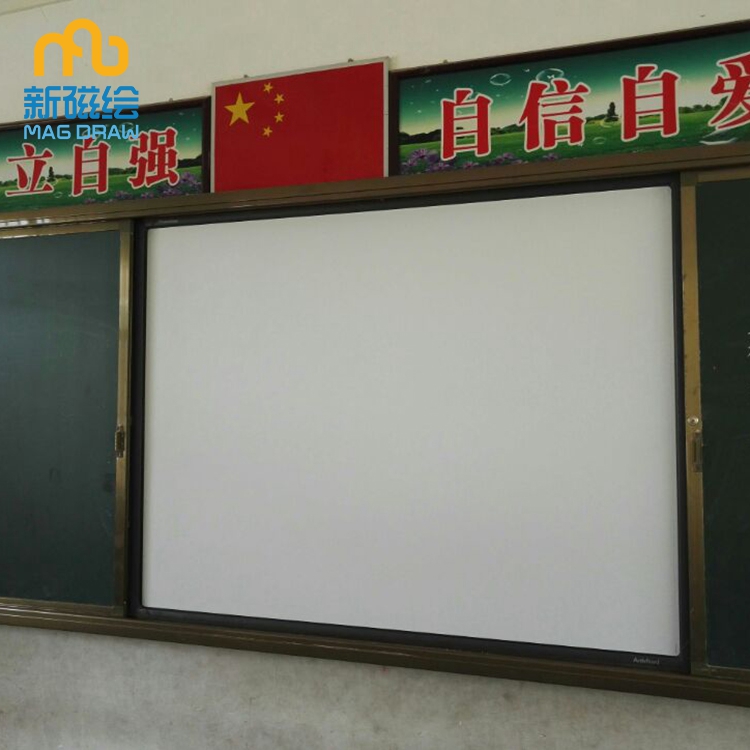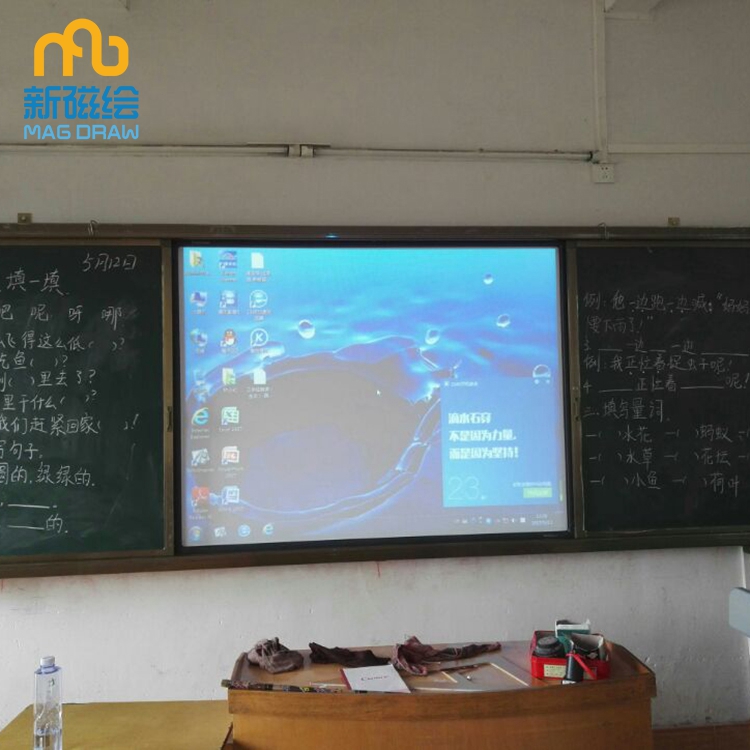In the printing process, no matter what kind of printing, whether it is multi-color or monochrome printing, the primary problem encountered before printing is the deployment of ink color, so the ink color selection and deployment are often required. The deployment of ink color is the most important part of printing. The true reproduction of colors directly affects the product quality and market share. In some large-scale enterprises, there are not only specialized dispensers, but also the best. Make customers happy. Here's how to improve the quality of ink by using ink color mixing techniques:
Color matching principle
Each color is represented by the three characteristics of hue, lightness, and saturation, and thus the above three factors must be considered in the color matching process. Although black is theoretically the complete absorption of light, black ink still has a gloss. The ink is a mixture of pigment (toner) and resin binder. The pigment particles are surrounded by a layer of nearly transparent resin oil, which has a refractive and reflective effect on the light, so we can feel that the black ink still has a certain gloss on the substrate. The pigment usually accounts for 8-35% of the ink composition. Its amount determines the concentration of the ink, and has a great influence on the ink, such as the relative density, transparency, heat resistance, light resistance and chemical resistance of the ink. Wait. In the process of ink color matching, the ink used should be determined according to the actual printing process, the ink layer thickness, the printing substrate, and other conditions. When selecting the ink, the ink itself should be considered for its luster, hue, coloring power, and hiding power.
1) Gloss: Gloss can be measured either with the instrument or with the naked eye, and is usually observed with the naked eye only during the color matching process.
Gloss actually refers to the degree of the ability of ink printing to reflect light in the same direction after being irradiated with light, which directly affects the appearance of printing, which is a very important indicator. At the same time, when selecting the ink, it is necessary to distinguish whether the ink itself is bright, semi-glossy or matte type ink, and it should also be considered whether the ink is the same as the ink, such as ink or table printing ink. Must be prepared for the same ink to avoid mixing errors and cause unnecessary losses.
2) Hue is the basic feature of color, used for qualitative differences. When matching colors, the first thing to consider is whether the hue is the same. The detection method is usually scraped by scraping paper or analog printing, and the human eye compares the standard with the sample.
3) Covering power is the extent to which the ink covers its background. The better the hiding power is, the worse the transparency is, and the level of transparency affects the efficiency of the ink trapping and the degree of influence of the printed substrate.
4) Coloring power is a method to indicate the ink concentration, which is determined by adding a certain amount of ink and then adding a certain amount of standard white ink to dilute and then comparing with the standard sample. The coloring strength reflects the ink mixing degree. Affects the thickness of the printed film. Through the color identification (scratch paper scratch color test), you can compare the difference between the gloss, hue and hiding power of the ink sample and the standard sample.
The specific method is as follows: Put the standard ink in the upper left corner of the identification paper, and put the color ink in the upper right corner. Use a scraper to flatten the thinly-packed part at an angle almost perpendicular to the scraping paper and gently expand the thick-packed part with a slight inclination angle. After the surface of the ink is dry, the hue of the ink can be observed in the thin portion, and the hiding power and transparency of the ink can be identified in the black portion; the difference in luster between the two can be judged in the thick portion and the appearance of the entire color can be observed. Usually black and color inks are used. White scratched paper, while white ink uses black scratch paper.
It is best to compare the color samples during the daytime with an indirect light source in the room, and should not be exposed to direct sunlight. At night, it is recommended to use fluorescent tubes for color evaluation and the color temperature of 5000±200 K. You can also use self-made hybrid light sources: three 6500K400W fluorescent tubes, two 20W blue fluorescent tubes, and six 100W tungsten filament lamps to fix them Within a special hood, it is mainly for easy observation of color samples.
Color matching notes
1) Carefully observe the color samples, paying particular attention to the printed substrate, and select the ink from the rough and smooth reflectance of the substrate. For example, inks are printed on aluminum plates or cans that are very glossy and reflective, and the choice of highly transparent inks will help to greatly enhance the metallic luster of inks.
2) When selecting the ink needed for color matching, avoid mixing too much ink as much as possible. Use ink that is close to the standard color and made of a single pigment as much as possible. The color ink used for color matching is too much, the farther from the standard color, the lighter the brightness is. The higher the degree of matteness of the mixed colors, the impossible to use the color to modulate the primary colors. Therefore, it can be said that when two colors are used in color matching, three kinds are not used, and as few as possible.
3) Pay special attention to the tinting strength of the ink. If the selected ink concentration is not high enough, the standard color concentration cannot be achieved regardless of how the ink is dispensed.
4) When you need to add white or black ink, you should pay special attention to the accuracy of the added weight and weight. In all inks, the hiding power of white ink is very strong. If you add too much, it will not only dilute the color, but also stop the bottom. Material reflective degree. However, for the printing uneven substrate such as nylon cloth, cardboard, in order to ensure the appearance of printed products is best to print a white as the background color. Because the coloring power of the black ink is extremely strong and slightly careless, adding too much of it requires the addition of a considerable amount of other color inks to adjust the color, resulting in waste, and therefore requires special attention.
5) When making light color inks, determine how much white ink or varnish (dilution agent) should be added in order to adjust the degree of light transmittance of the ink film. It is absolutely not allowed to use solvents (dilution water) to dilute the color. Too much solvent will not only affect the printing performance, but also will destroy the ink structure, cause the separation of the pigment from the resin oil, precipitate, or greatly reduce the gloss and brightness of the ink. .
Dark and light ink formulation
The deployment of ink can be divided into dark ink and light ink deployment. The so-called dark ink formulation refers to the deployment of only the primary color ink without any diluting agent, according to the amount of ink consumed by the printing, and to determine the main color ink and auxiliary color ink and its proportion by color analysis, the main The color ink and the auxiliary color ink are evened together. There are three types of dark inks: monochrome, inter-color and poly-color. Monochromatic refers to the deployment of a primary color ink. Inter-color refers to the mixture of two primary inks. Complex color refers to the mixture of three primary inks.
Any ink that is formulated with a diluting agent is called a light-colored ink. When deploying, pay attention to three points:
1) Use white ink without thinner;
2) White ink is the main color when toning, and a little color ink is added to the white ink; 3) The color selection should be accurate as follows:
Pink: mainly white, slightly pink, fluorescent orange
Jade color: mainly white, slightly yellow, fluorescent orange
Beige: mainly white, slightly brown, yellow, black
Light blue: mostly white, slightly blue
Lake Blue: mainly white, slightly plus hole blue
Gray: mainly white, slightly blue, yellow
Silver gray: mainly white, slightly silver paste, black ink
Snow Green: mainly white, slightly pink, blue
Color: mainly dilute, slightly transparent orange, yellow
Ivory color: mainly dilute agent, slightly yellow, peacock blue, orange.
How to improve the luster of ink film
1) Add appropriate amount of varnish within the allowable range of color concentration;
2) coating varnish or varnish on the surface of printing film;
3) Increase the transparency of the ink, use the high transparency ink or add the appropriate amount of ink, use the smooth, strong reflection, the reflection of the substrate will increase the gloss:
4) Prevent the adsorption of the substrate surface and reasonably improve the smoothness of the printed surface of the substrate;
5) Pay attention to the temperature and humidity of the printing environment. When the plastic is gravure printing under high humidity and low temperature conditions, the evaporation speed of the solvent is high, and the heat around the ink film absorbs the rapid condensation of water vapor in the air. Fog is formed on the surface of the ink film, causing the ink layer to lose its luster. During the rainy season, special attention must be paid to controlling the temperature and humidity of the printing environment to ensure good printing results. Normally 21-23% of the room temperature is the best, and 40% of the humidity is appropriate. This helps the true reproduction of colors.
Making special colors
1) Production of gold and silver inks: Add the proper amount of gold powder with the varnish, and mix the silver powder and mix it. Attention should be paid to the selection of appropriate fineness of gold powder and silver powder. At the same time, it is also necessary to select a varnish that is compatible with the printing substrate, and also to prepare it during printing to prevent the ink from depositing and delaminating due to excessive rotation time. Ink can also be made by mixing silver powder with transparent yellow and varnish.
2) Pearlescent ink: The pearlescent pigment is mixed with a suitable proportion of highly transparent ink or varnish. The hiding power of ink is strong and it can lose the pearl effect.
3) Luminous ink: The ink has the effect of absorbing light energy and then re-lighting for a certain period of time, so that it can often emit light at night. It is called luminous ink or phosphorescent ink. Luminous pigments are usually dispersed in a highly transparent varnish and stirred well.
Above all kinds of inks can not grind gold ink, silver ink will damage the grinding equipment, pearlescent, noctilucent, ink grinding will destroy the surface or crystal structure, lose the desired effect.
Plastic printing
1) Ink-ink sizing should use the same styling ink produced by the ink factory as much as possible. The chromaticity of the styling ink is higher than the chromaticity of the two-color ink;
2) In order to use 12 kinds of ink color matching, it should try to make use of the color inks that are close to the color;
3) When matching colors, the type of ink should be reduced as much as possible because the more types of color matching inks, the higher the achromatic proportion, and the lower the brightness and saturation of the ink color. Therefore, it is not necessary to use three colors to achieve the adjustment. ;
4) The plastic film is a non-absorbent material. It cannot be used to dilute the color ink. It should be added with white ink to dilute it.
5) Different manufacturers, different types of ink do not mix. This will affect the white ink's luster, purity, and drying speed.
To sum up, when deploying ink colors, we must carefully grasp each of the gates in order to deploy good colors.
Reproduced from: China and Hong Kong silk screen network

